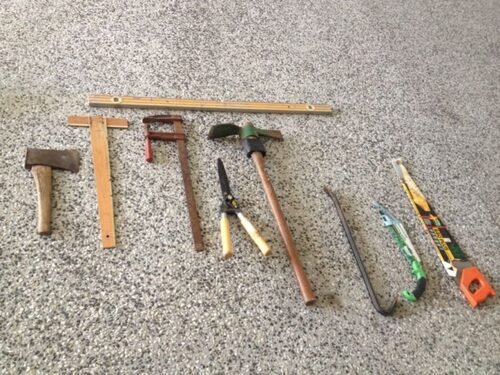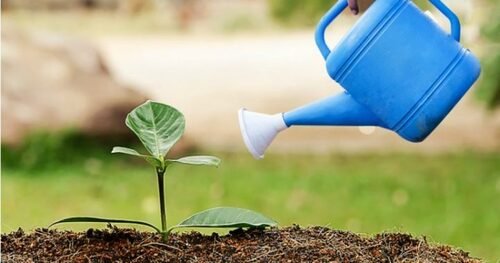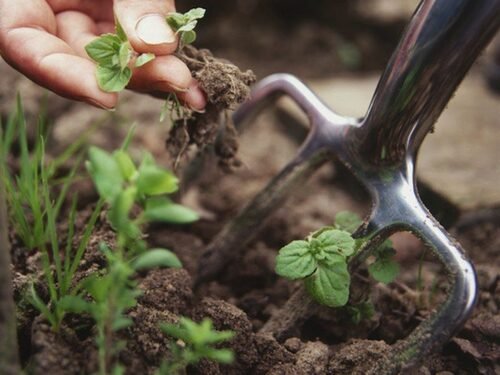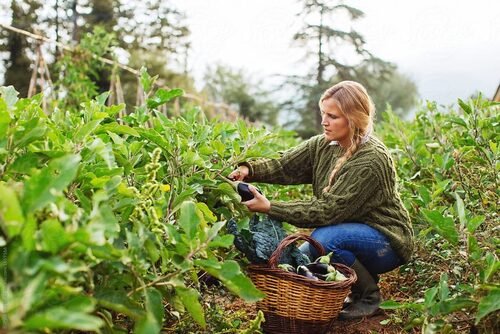There are few activities in the world quite as entertaining as gardening. Gardening entails more than just planting beautiful flowers or other things in your backyard. It is also a practice that lets you express yourself as you create a beautiful landscape and allow many beautiful flowers to grow and thrive.
Preparing your very own garden is easy to do when you know what you need to get out of your space. This guide will help you with identifying many of the beginning points that make gardening such a special activity to enjoy.
Contents
Key Tools You Need
You will have to get the right tools on hand to help you with getting your gardening plans up and running. The following tools may be utilized when getting a garden ready:

- Hand trowel. A trowel will help you with digging even holes for planting items. You may use this for getting the soil out of the way and for preparing holes for mulch or fertilizer.
- Pruner. A pruner will help you to get excess growths around your garden treated properly.
- Cultivator. A cultivator will break up the soil in a gardening spot. This includes soil that you wish to add a plant. You need to use a cultivator to clear out packed spots so water can move through the area accordingly.
- Shovel. You do not need anything too large when getting a shovel. You only need something that is a few inches wide and lets you get fertilizer and other items added onto your garden bed.
Compounds to Add
You must use a few additional compounds for getting your garden to grow:

- Compost. Compost can help provide nutrients to the plants that you wish to use. The compost can come from many old materials in your kitchen provided they are not acidic or harsh to the soil.
- Fertilizer. You can get fertilizer material added onto your garden bed to add the necessary nutrients and compounds that you require for growing plants the right way.
- pH control materials. A separate pH tester is required to analyze the pH level of your soil. You may use an alkaline or acid compound to add or reduce the pH level to create a good base that can support your plant. Any soil with a pH level that is too high or low could be difficult to work with as your plants might not grow as well as they are supposed to in certain conditions.
The items you add should not be too thick though. Adding about two to three inches worth of these items onto your plant bed should be enough to offer a good cover while adding enough nutrients and compounds to your plants. The total amount also prevents the added weight from being a burden on your plants as you get the plant bed ready.
How Deep Should the Seeds or Plants Be?

You can get various types of plants added to your garden. You can add seeds that will spout over a period of weeks. You may also find bulbs that take a little longer to sprout but will produce beautiful plants when they are ready. Sometimes you may also find smaller plants that are growing right now but need to be secured in the ground for them to continue to grow and thrive.
You must avoid putting the plants too deep into the ground regardless of the issue. Keep your seeds, bulbs, or roots about 8 to 12 inches under the top part of the surface. This should be enough space to produce an area where the plants can grow.
How Much Water?

One of the greatest questions people have regarding their gardens entails how much water they need to add to their plants. You have to review a few points when getting your plants ready:
- Look at how well your plants can thrive without water. Some plants do better without water for a while than others.
- Test the soil in your area to see how well the plants are taking in water. The soil should be damp about three to four inches from the top. This is enough to allow the soil to stay comfortable.
- Check on how often you water your plants. It is often best to water your plants two or three times a week, adding about an inch of water to your plants during that timeframe.
Always be aware of the conditions surrounding the soil in your area. You need to watch for any rain in your local forecast, so you don’t add more water than necessary.
Also, any water that you plan on adding to your plants should be clean and safe. This is to keep the plants from wearing out.
But when in the day should you water your garden? Water your plants in the early or later parts of the day when the temperatures are not too high. The water will not be likely to evaporate at those times.
Adding Sunlight

Sunlight is important for your considerations, but you have to watch for how much sunlight your plants will get access to each day. Your plants should get about six to eight hours of direct exposure to the sun. The total is enough for keeping the plants healthy. The effort is also to trigger the natural growth processes that your plants require.
You can get your plants to grow in some slightly shaded areas, but you might have to trim back some excess growths from trees or shrubs in the area. Keep these spots controlled well, so it is not too hard to handle.
Review how the light shines onto your garden bed. This includes a look at how well it shines during the spring and summer seasons. You might have to position your garden towards a spot where it is easier for the sun to shine well.
Weeding

Weeds are more than just unappealing growths that might stick out in the middle of your garden. These can also spread around the garden and deprive your plants of the nutrients that they require. Therefore, it is imperative that you clear out those weeds before they can become worse. But to make this work, you have to use a few points for getting your weeds out of the way:
- Use proper spray material to clear out your weeds. This includes drying out the roots and seeds that your weeds may leave out. This helps to kill off the weed. Be sure the material is added carefully and that you do not spread it onto your existing plants.
- You can physically remove the weed after it has died out. At this point, you should not be at risk of spreading seeds associated with the weed.
- Add a thick covering of mulch over your garden. About two to three inches of mulch should be enough to prevent weeds from growing.
Controlling the weeds as early as possible is recommended so you can avoid problems that come from a weed being far too large.
Handling the Garden In the Winter
You should look at how you’re going to keep your garden bed secure during the winter season. A few points can be utilized here for giving you more control over your garden:
- Use a cultivator to clear out any weeds or any excess growths that might be stuck around the area.
- Clip off any browned stems around your garden. These stems are above the roots. You can do this to remove the top parts of the plants so these might grow once again when the weather gets to be a little nicer.
- Add a few inches of leaves around the garden after the bed is cleared out. The leaves will add enough natural cover to keep snow and ice from being at risk of hurting the garden bed.
- You may also consider adding a tarp over the bed if the conditions are windy. But this would require a slight bit of air underneath to allow the surface to stay comfortable.
Harvesting What You Grow

Depending on what you choose to work with, you can harvest your plants as you see fit. You can grow various vegetables or herbs in your garden, thus making your home more sustainable. But to make these vegetables and other items work outright, you have to look at when you’re going to harvest your plants.
Take a look at the colors produced by your vegetables or herbs. Make sure these appear to be on the verge of ripening. At this point, it should be easy for you to harvest your items. This gives you enough time to get more plants to grow off of the same bases.
Harvesting on time is also important as doing so keeps pests from outside of your garden from getting in. You can pick out all the plants and get them moved out to a safer spot where the foods can be stored and used later on.